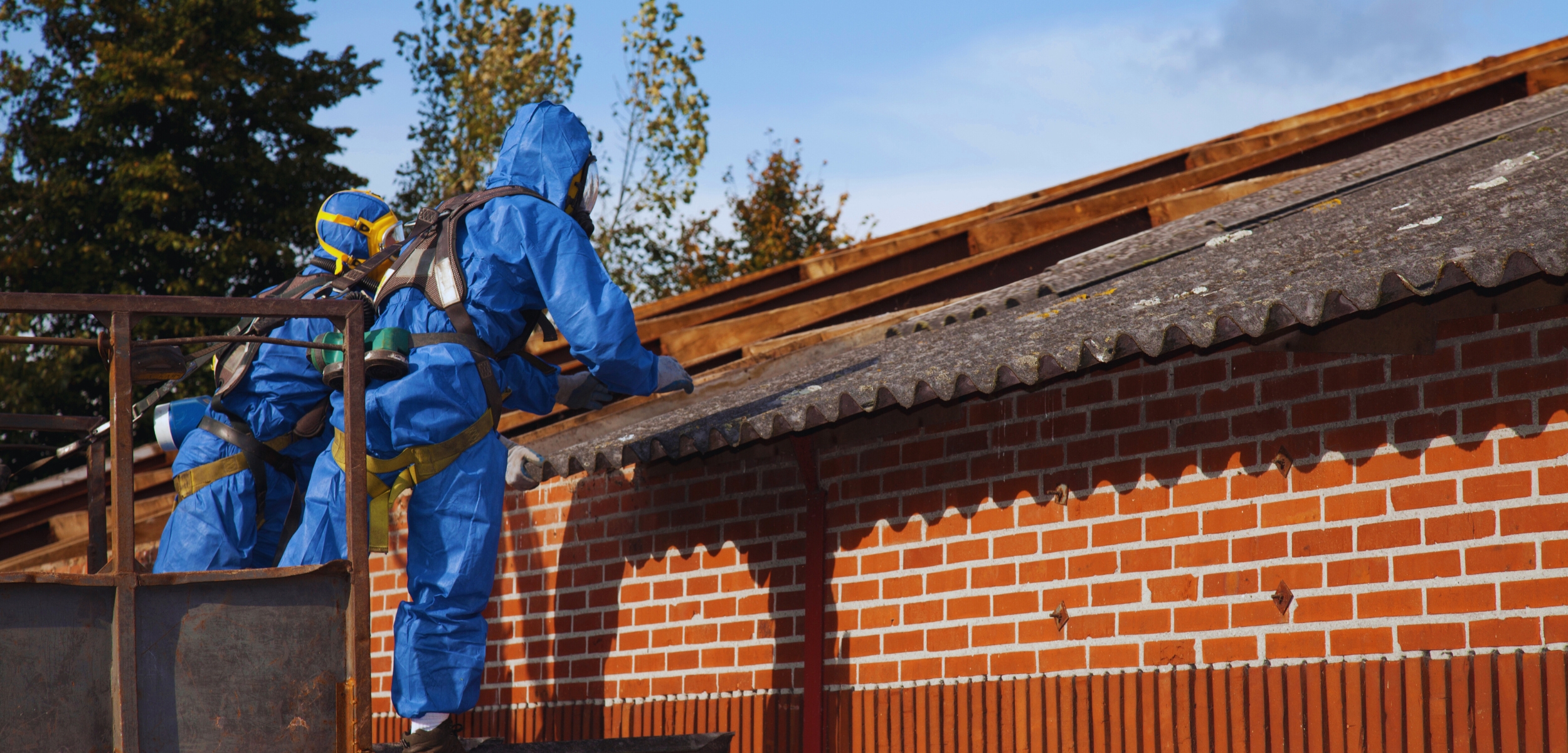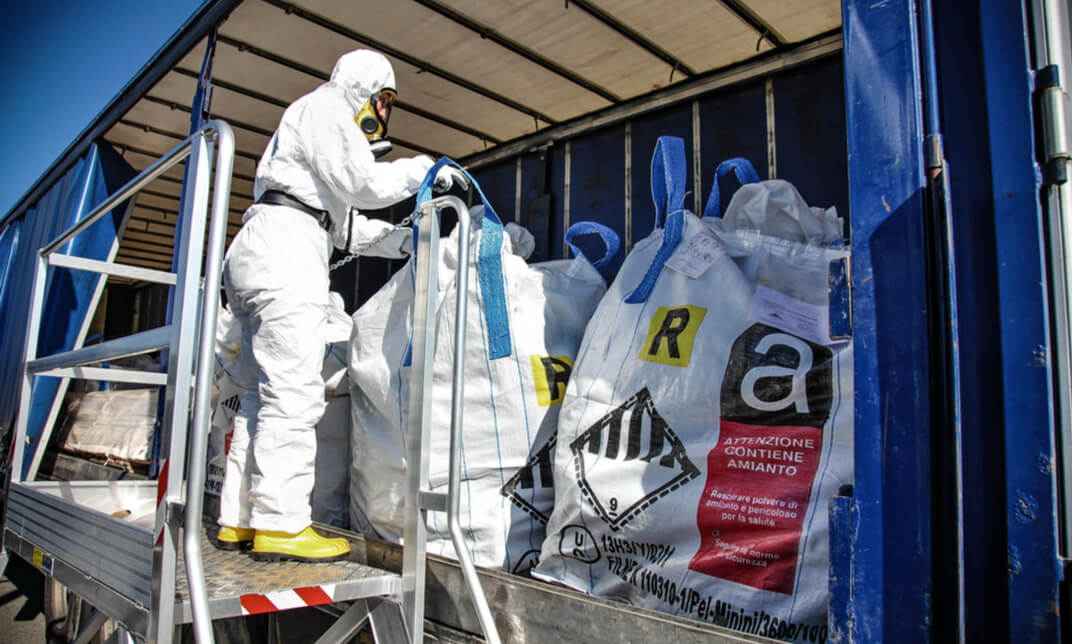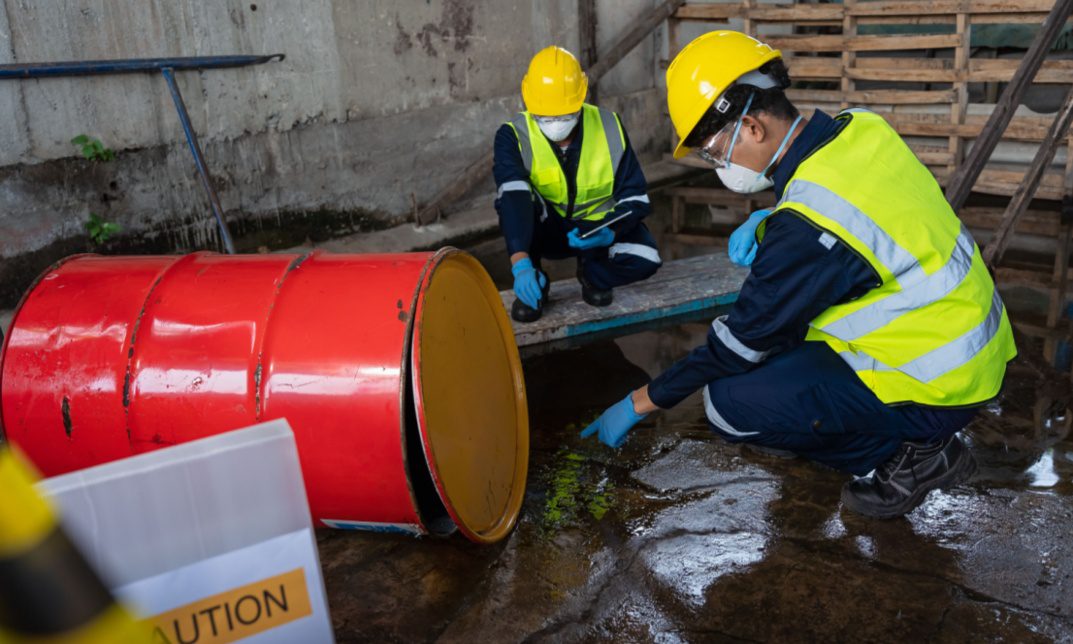No products in the basket.
How Do You Recognize Asbestos? Spotting It Could Save Your Life – But Never Try to Handle It Yourself
Asbestos doesn’t come with a warning label — but disturbing it can put your health at serious risk. If you see old insulation, crumbling ceiling tiles, or mystery panels in a pre-2000 building, stop and get it tested.
This blog gives you clear, urgent info on how to recognise asbestos, where it hides, and what to do next. You’ll learn the key signs, the hidden spots, and the real danger behind this silent killer. Read every word — it could protect your lungs, your life, and everyone around you.
What Is Asbestos, and Why Was It Ever Used?
Asbestos is a natural mineral pulled from the ground. Its tiny fibres are strong, heatproof, and chemical-resistant. These made it super useful in construction — cheap, durable, and easy to use. Builders loved it.
There are several types:
- Chrysotile – white asbestos (most common)
- Amosite – brown asbestos
- Crocidolite – blue asbestos
Blue and brown are the most dangerous. But all types can cause deadly disease. Even a tiny amount is risky.

Why Asbestos Is So Dangerous — The Hidden Killer
You can’t smell it. You can’t see it. You won’t feel it when you breathe it in.
When asbestos gets disturbed, tiny fibres float in the air. You breathe them deep into your lungs. Over time, these fibres cause serious illness — including mesothelioma, a fast, deadly cancer. Other risks include lung cancer and asbestosis, which scars your lungs for life.
Symptoms take decades to appear. There is no safe amount. One exposure can be enough.
UK Asbestos History: Why It’s Still in So Many Homes
After World War II, the UK used asbestos everywhere. It went into millions of homes, schools, and hospitals. It was perfect for insulation, fireproofing, and more. Back then, nobody knew the risks.
That changed in the 1980s. The UK banned blue and brown asbestos in 1985. White asbestos followed in 1999. But by then, it was already inside most buildings built before 2000.
And here’s the scary part — most of that asbestos is still there. It stays safe if left alone. But if it breaks, crumbles, or gets drilled into? Big trouble.
Where Does Asbestos Hide in UK Homes? Know the Hotspots
You can’t spot asbestos fibres with your eyes. But you can learn where asbestos usually hides. That’s your first safety step.
Common Places Asbestos Hides in Homes:
- Garage and Shed Roofs – Look for wavy, grey cement sheets.
- Soffits and Fascias – Boards under your roofline may contain asbestos insulating board (AIB).
- Old Water Tanks – Square, grey tanks may be asbestos cement.
- Pipe Lagging – White, grey, or blue insulation wrapped around old pipes.
- Boiler Rooms – Asbestos hid inside insulation, gaskets, and seals.
- Textured Ceilings (Artex) – Swirled plaster from the 60s to 90s? Could be asbestos.
- Floor Tiles – Rigid vinyl or thermoplastic tiles. Especially risky if they have black glue underneath.
- Behind Fireplaces – AIB often sat behind fireplace surrounds.
- Fuse Boxes – Older ones may have asbestos flash guards.
- Under Windows – Look for AIB panels under window frames.
- Decorative Coving – Some fancy ceiling trims used asbestos.
- Garden Sheds and Outbuildings – Asbestos cement was common in these.
If your home was built before 2000, assume asbestos could be in one or more of these places.
How Do You Recognize Asbestos in Public or Work Buildings?
Larger buildings hide asbestos in even more places — often where you’d never guess.
Watch out for:
- Suspended Ceiling Tiles – Soft, plain tiles in older buildings.
- Sprayed Coatings on Steel Beams – Usually rough, white or grey. These are highly dangerous.
- Boiler Rooms and Ducts – Full of asbestos insulation, seals, and panels.
- Service Risers and Shafts – Vertical channels for pipes or cables.
- Lift Motor Rooms – Asbestos helped with soundproofing and fire resistance.
- Fire Doors – Older fire doors had asbestos cores.
- Electrical Panels – Some used asbestos for insulation or arc shields.
- Floor Adhesives and Tiles – Large areas of old tiles with black glue.
- Laboratory Benches and Fume Cupboards – Heat-resistant asbestos was common.
- Roofing Felts and Sealants – Sticky black materials might hold asbestos.
- Service Tunnels and Ducts – Especially in hospitals, schools, and factories.
How Do You Recognize Asbestos? (Don’t Trust Your Eyes)
Here’s the honest answer: you can’t.
You cannot recognize asbestos just by looking. Not even close. Many materials look the same — asbestos cement boards look like plain cement. Artex can look like other textured plasters.
If you try to test it yourself, you risk your life. Scraping, drilling, or breaking the material releases deadly fibres into the air.
Never touch or disturb suspected asbestos. Ever.
The Only Way to Know: Professional Asbestos Testing
Only a trained, certified asbestos surveyor can tell you for sure. They take a small sample — safely. They send it to a lab. The lab looks under a microscope to confirm if asbestos is there. They also check what type it is.
There are three main types of asbestos surveys in the UK:
- Management Survey – For everyday building use. Finds visible asbestos.
- Refurbishment/Demolition Survey – Required before major work. Very thorough.
- Re-inspection Survey – Keeps an eye on known asbestos over time.
Always use a UKAS-accredited company. They follow strict safety and quality rules. No shortcuts. No guesswork.
Suspect Asbestos? Follow These Steps Now
If you think you’ve found asbestos, don’t panic — but act fast and smart.
- Do Not Touch It – No scraping, drilling, or poking.
- Keep Everyone Away – Block access. Put up a warning sign.
- Tell Everyone Who Needs to Know – This includes family, staff, or workers.
- Call a Professional – Get an asbestos surveyor to test the material.
- If It’s Confirmed, Make a Plan – Leave it in place if it’s safe. Or arrange licensed removal.
- Disturbed It by Accident? – Stop all work. Leave the area. Shut doors and windows. Do not try to clean up. Call an asbestos specialist immediately.
Who’s Legally Responsible? What the Law Says
The UK has strong asbestos laws under the Control of Asbestos Regulations 2012. They apply to all non-domestic buildings and shared parts of flats.
The person responsible is called the dutyholder. This could be the building owner, landlord, facilities manager, or employer.
The dutyholder must:
- Find and record all asbestos.
- Assess the risk.
- Create an asbestos register.
- Make a management plan.
- Share asbestos info with anyone doing work.
- Arrange asbestos awareness training for staff.
Breaking these laws is a crime. Fines are high. Some cases lead to prison. The HSE (Health and Safety Executive) does regular checks — especially in public buildings like schools and hospitals.
The Future: Why Asbestos Will Still Be a Problem in 2030 and Beyond
Asbestos isn’t going anywhere soon. Most of it still sits in buildings built before 2000. The UK has no full removal plan. The government prefers safe management — because disturbing it can be more dangerous than leaving it alone.
The HSE continues to push for better awareness, regular checks, and solid asbestos plans. Education matters. Every worker, contractor, and homeowner needs to know the risks.
Final Word: Be Safe. Be Smart. Don’t Touch That.
Asbestos kills — slowly, silently, and without warning. So, how do you recognize asbestos? You cannot see it. You cannot smell it. But the fibres are deadly.
If your home, workplace, or building was built before 2000, assume asbestos is there. Never guess. Never test it yourself. Never disturb it.
Always call in the pros. Get it tested. Get a plan. Stay safe.
Need help right now?
Don’t take risks with asbestos. Enrol in our trusted online Asbestos Awareness Course at Training Tale today. Learn how to spot the signs, follow the law, and protect yourself — whether you’re a DIYer, landlord, or contractor.





